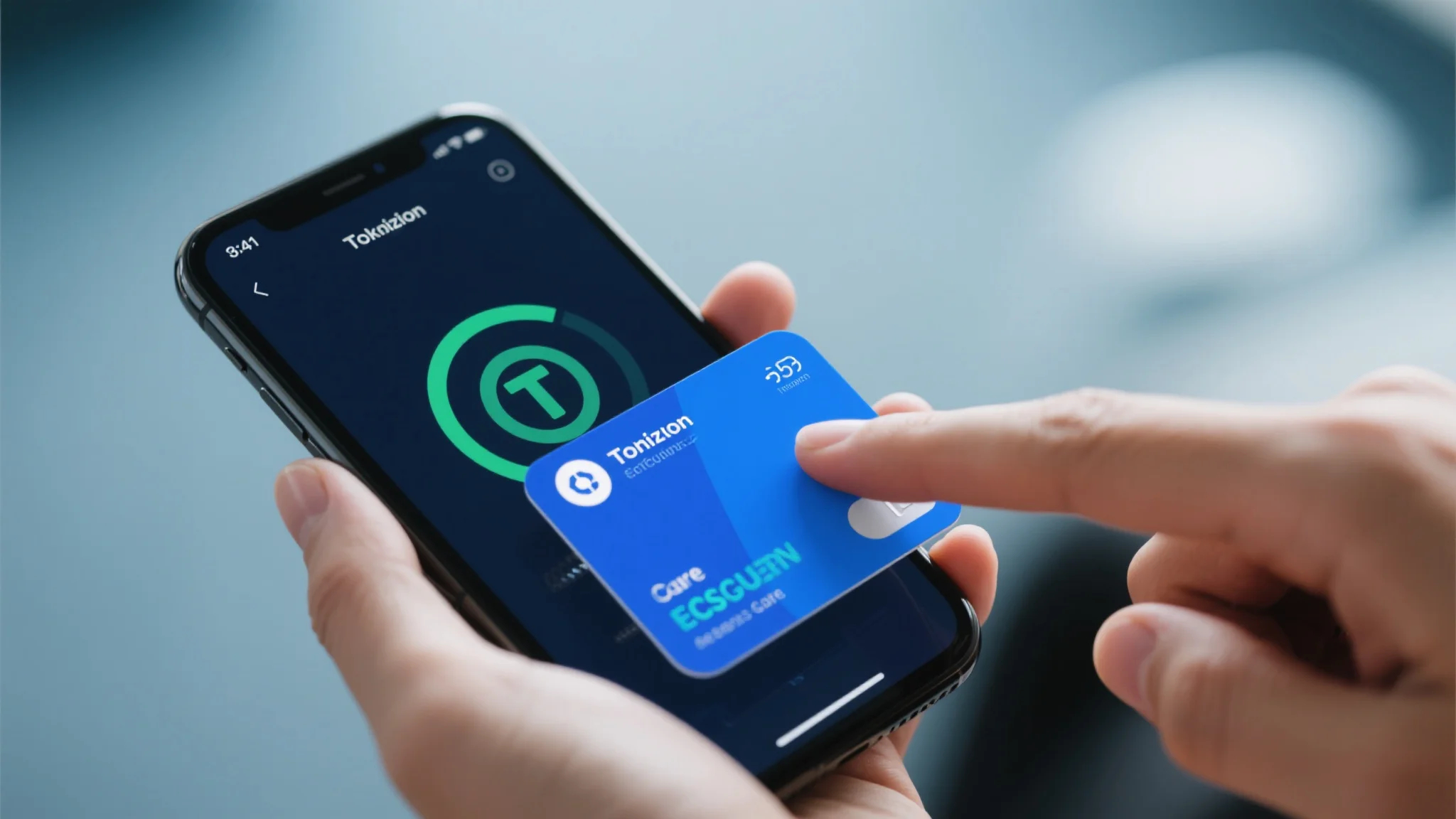In the fast-paced world of technology, 5G networks are poised to transform how we interact with payments, especially in the mobile space. This article explores how 5G will enhance both the speed and security of mobile payments, making transactions faster, more reliable, and more protected from threats. It delves into the technological advancements, real-world applications, and the future implications of integrating 5G into payment systems.

Revolutionizing Mobile Payments with 5G Technology
The mobile payment ecosystem has evolved significantly over the years, but the introduction of 5G technology promises a new era of convenience, speed, and security. Mobile payments, which include everything from credit card transactions to digital wallets, are integral to modern commerce and daily life. However, the current payment systems face challenges such as slow processing times, limited security, and limited interoperability across different networks. These issues can deter users and hinder the adoption of mobile payments.
5G technology, with its high speeds, low latency, and massive multiple-input/multiple-output (MIMO) capabilities, addresses these challenges head-on. By enabling faster data transfer rates, 5G ensures that mobile payments are not only quicker but also more seamless. Moreover, the integration of 5G with advanced security measures, such as encryption and biometric authentication, strengthens the protection of sensitive information, making the payment process more secure.
One of the most significant advantages of 5G in mobile payments is its ability to reduce latency. Latency, or delay, is a major issue in current payment systems, leading to inconveniences such as waiting times and potential fraud. With 5G, transactions can be processed in real-time, reducing the risk of fraud and enhancing user experience. For instance, 5G-enabled contactless payment systems allow for near-instantaneous confirmations, eliminating the need for a physical card to be held during a transaction.
Interoperability is another area where 5G excels. As different mobile networks and devices continue to evolve, ensuring seamless communication and data exchange becomes increasingly important. 5G’s ability to support a wide range of devices and networks means that users can switch between different payment methods without issues. This interoperability is crucial for a unified payment ecosystem, where users can easily switch between credit cards, digital wallets, and other forms of payment.
However, the transition to 5G in mobile payments is not without challenges. Issues such as the cost of deployment, the need for widespread network infrastructure, and the integration of 5G with existing systems must be addressed. Despite these hurdles, the potential benefits of , 5G in mobile payments are substantial, making it a focus for innovation and development in the coming years.
The Future of Mobile Payments with 5G and Beyond
As 5G technology continues to mature, it is expected to play an even more significant role in shaping the future of mobile payments. The integration of 5G with emerging technologies such as artificial intelligence (AI) and blockchain is opening new possibilities for secure, efficient, and innovative payment systems. These advancements are not only improving the current payment landscape but also paving the way for a future where mobile payments are a seamless and intuitive part of daily life.
Looking ahead, 5G will be a cornerstone of the next generation of mobile payments, known as 6G. While 5G has already delivered on its promises of speed and reliability, 6G is expected to bring even higher speeds, lower latency, and increased network capabilities. These advancements will further enhance the security and speed of mobile payments, making them more accessible and reliable for users worldwide.
One of the most exciting applications of 5G in mobile payments is the implementation of new payment methods. For example, 5G-enabled smart wallets and mobile banking apps can now operate with unprecedented speed and security, allowing users to complete transactions in real-time. Additionally, the use of biometric authentication and AI-driven fraud detection systems will reduce the risk of payment fraud, making the process more secure and user-friendly.
The role of standards and interoperability in the future of mobile payments cannot be overstated. As 5G networks expand and become more widespread, the development of standardized protocols and interoperability frameworks will be critical to ensuring that different devices, networks, and payment systems can work together seamlessly. Organizations and industry players will need to collaborate to create a unified payment ecosystem that is secure, scalable, and efficient.
In conclusion, 5G technology is revolutionizing the mobile payment landscape, offering faster, more secure, and more seamless payment solutions. As we move towards a future dominated by 5G and beyond, the potential for innovation in mobile payments is boundless. By addressing the challenges and embracing the opportunities, the mobile payment industry can continue to evolve, providing consumers with the tools they need to stay connected and make their payments in the most convenient way possible. The integration of 5G with advanced security measures, high-speed connectivity, and interoperability will undoubtedly shape the future of mobile payments, ensuring that they are a cornerstone of a connected and secure digital world.
